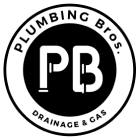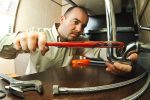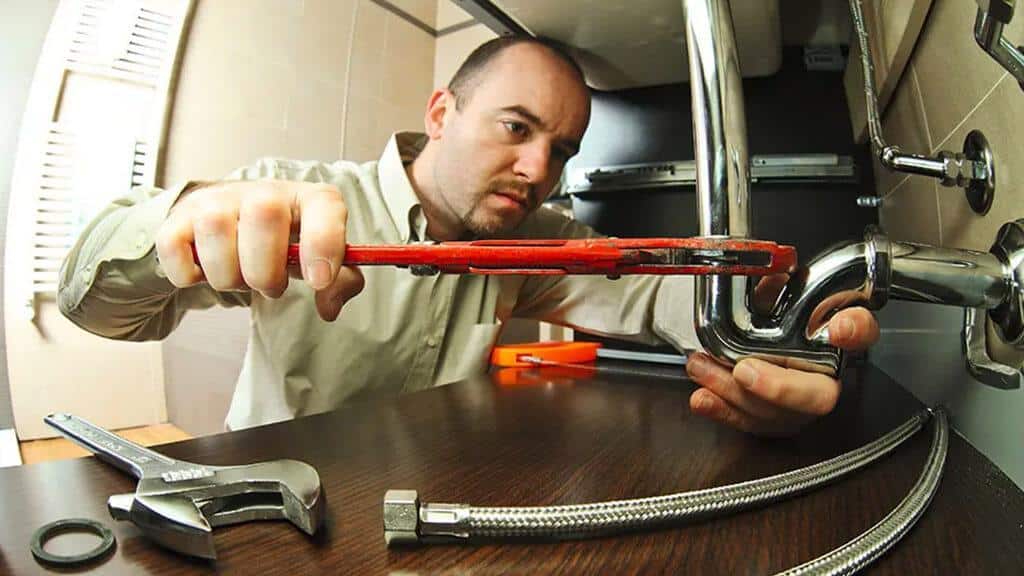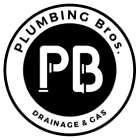Are you considering a career in plumbing? Becoming a professional plumber in Australia is a rewarding and challenging career with great earning potential. Here is a step-by-step guide to help you become a certified and licensed plumber in Australia.
What is Plumbing?
Plumbing is a skilled trade that involves the installation, maintenance, and repair of pipes, fittings, and fixtures for a variety of residential and commercial properties. Plumbers provide an essential service to the public by ensuring the safe, efficient, and reliable operation of public water systems and other related equipment.
Plumbers work with a variety of materials, including copper, brass, steel, plastic, and other materials. They must also be familiar with various tools and equipment, such as wrenches, pipe cutters, and pipe bending machines. Plumbers must have a solid understanding of the physics and mechanics of water and pressure. They must also be knowledgeable about local building and safety codes.
Requirements to Become a Professional Plumber in Australia
To become a professional plumber in Australia, you’ll need to complete a four-year apprenticeship. You can read more about what to look for in a plumbing apprenticeship and how to apply in this article.
After you have completed your apprenticeship, you will have successfully obtained your certificate 3 in Plumbing which means you can work for an existing plumbing company. If you aspire to work for yourself, you will need to complete your certificate 4 (or contractor’s ticket).
There are many advantages to becoming a professional plumber in Australia, including job security and great earning potential. Plumbers earn competitive wages and can often build their own businesses. Additionally, plumbing is an in-demand trade and can provide plenty of job opportunities.
What to Look for in a Plumbing Apprenticeship
When looking for a plumbing apprenticeship, it is important to find one that is reputable and offers quality training. A good apprenticeship program should include a combination of classroom instruction and hands-on experience. Additionally, the program should provide mentorship from experienced plumbers.
When researching apprenticeship programs, be sure to ask about the program’s curriculum, the types of projects students will work on, and the length of the program. It is also important to ask about the program’s success rate, as this will give you an idea of the program’s effectiveness.
Applying and Getting Accepted into a Plumbing Apprenticeship
Once you have found a reputable apprenticeship program, it is time to apply. Most programs require applicants to submit an application, as well as proof of their high school diploma or GED. Additionally, most programs require applicants to have a valid driver’s license and pass a criminal background check.
Once your application is accepted, you will be interviewed by the apprenticeship program. During the interview, the program will assess your skills and abilities to ensure that you are a good fit for the program. After the interview, you will need to pass a pre-apprenticeship test.
What is Involved in a Plumbing Apprenticeship?
Once you have been accepted into a plumbing apprenticeship program, you will be assigned a mentor. Your mentor will teach you the essential skills and knowledge you need to become a professional plumber. This includes how to install, maintain, and repair plumbing systems, as well as how to interpret blueprints and read schematics.
You will also learn about safety protocols and plumbing codes. Additionally, you will learn how to use plumbing tools and equipment, such as wrenches, pipe cutters, and pipe bending machines. You will also learn about the physics and mechanics of water and pressure.
In Australia, it’s also likely that during your plumbing apprenticeship, you will complete additional training modules to obtain your gas certification. This allows you to work on appliances and systems that run on gas.
Getting Certified as a Professional Plumber
Once you have completed your apprenticeship, you will be eligible to take the licensing exam. This exam is administered by the plumbing association in your state or territory. The exam will test your knowledge of plumbing codes, safety protocols, and installation, maintenance, and repair techniques.
If you pass the exam, you will receive your professional plumbing license. This license will allow you to work as a professional plumber in Australia.
Continuing Education and Staying Up-to-Date
Once you are a licensed professional plumber, it is important to stay up-to-date on the latest plumbing techniques and technologies. This can be done through continuing education courses, seminars, and conferences. Additionally, you should join a professional plumbing organization, as this will give you access to the latest industry news and trends.
Conclusion
Becoming a professional plumber in Australia is a rewarding and challenging career. By following this guide, you can take the steps necessary to become a certified and licensed plumber in Australia. Good luck!









